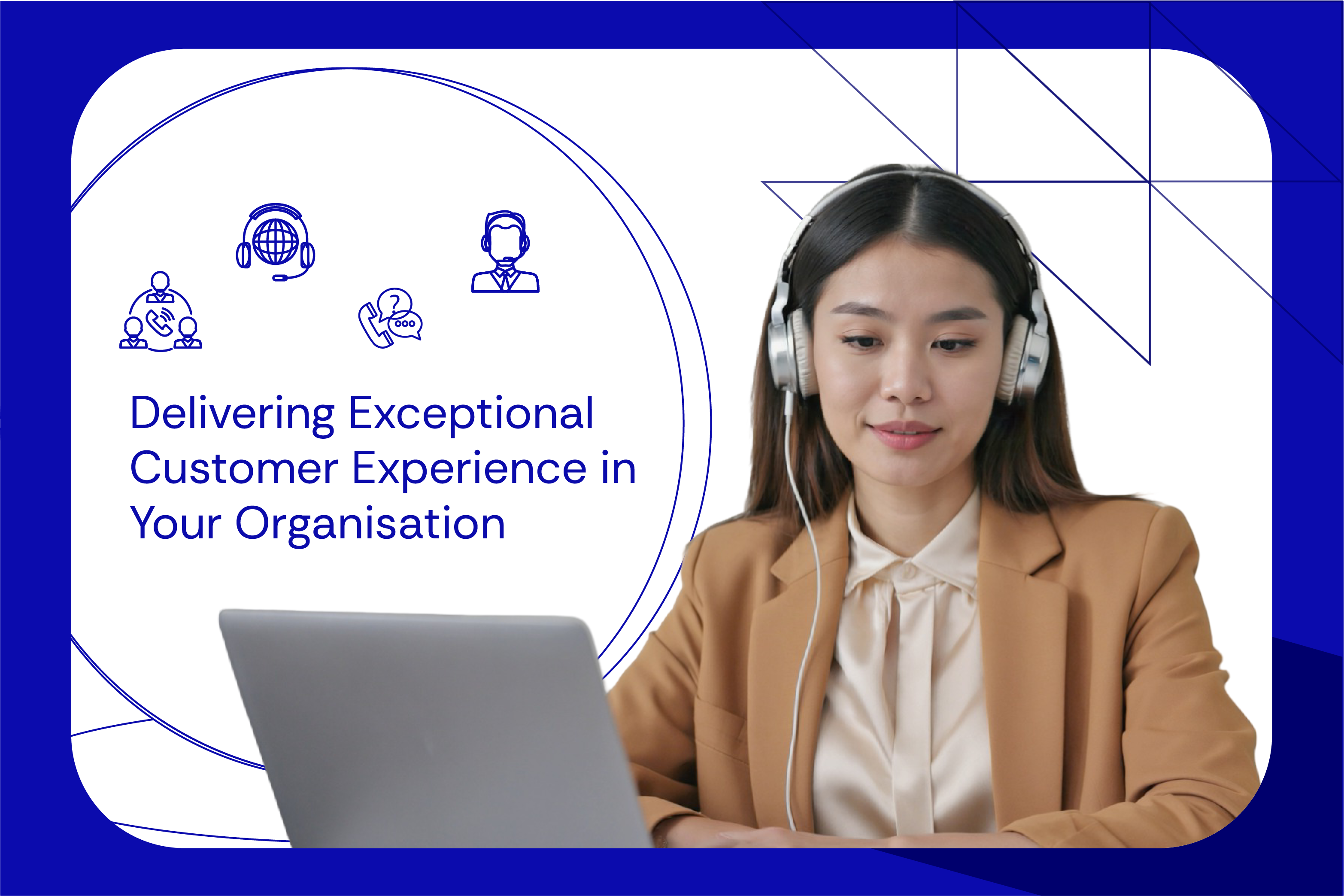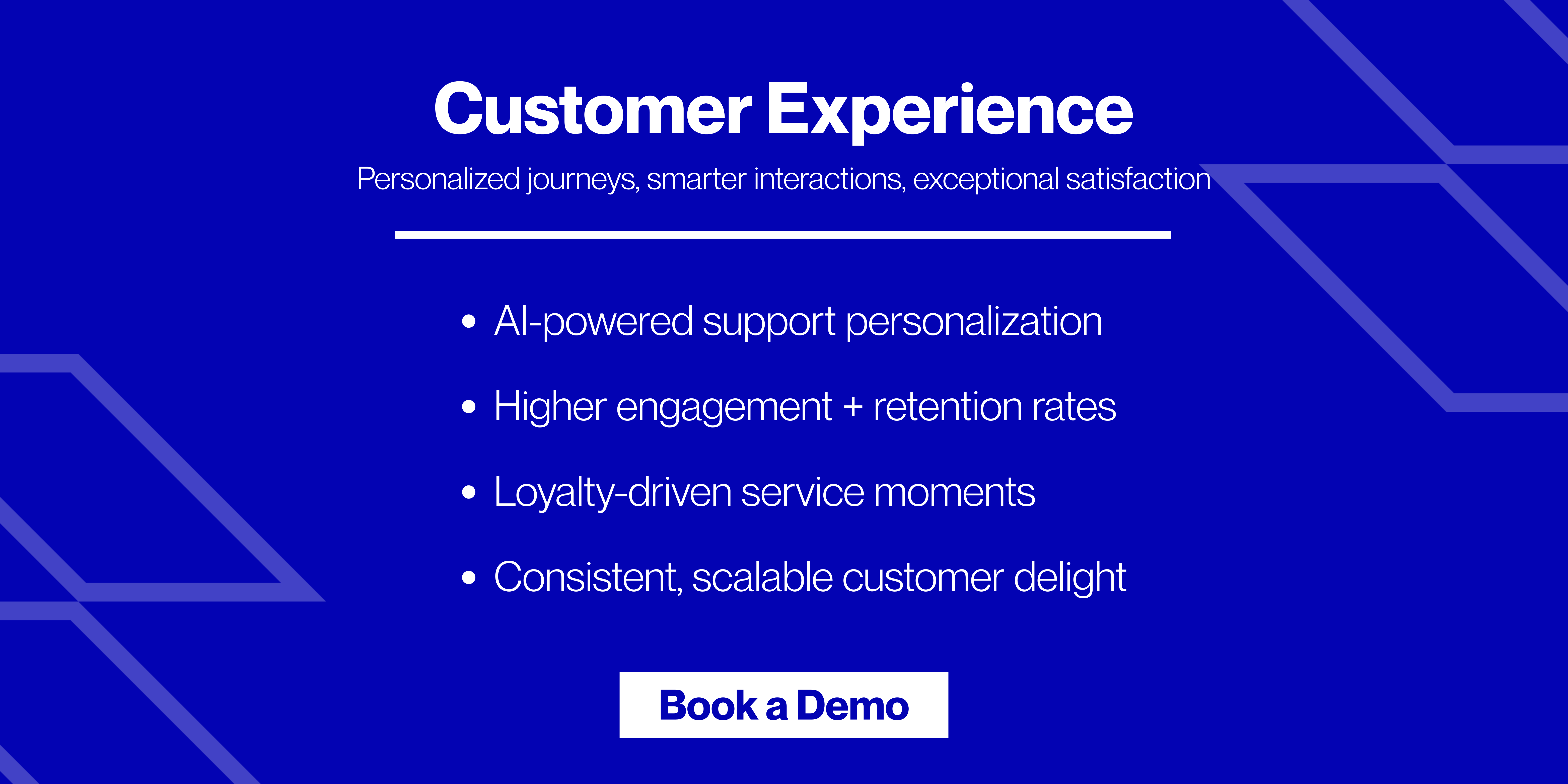Customer experience (CX) is how people feel about your business after dealing with it in any way – before buying, while buying, and after buying. This includes every step, such as visiting your website, talking to your staff, using your product, or getting support. To improve CX, make sure your communication is clear, your service is consistent, and your support team solves problems with minimum resolution time.
If your customer has to ask for help, you’re already one step behind! Yes, today’s modern customers want you to be proactive. They expect hassle-free experiences from the moment they discover your business to long after they make a purchase.
That’s why customer experience nowadays isn’t just limited to handling complaints! It goes beyond and influences every touchpoint with the sole aim of building:
- Trust
- Satisfaction
- Loyalty
Studies show that 80% of customers say the experience a company provides is as important as its products and services. Another research found that 86% of buyers are willing to pay more for a great customer experience!
For consumer brands and D2C companies competing in crowded markets like the U.S., U.K. & Australia, delivering superior CX is the key to scaling profitably while standing out from larger competitors.
So, do you want to compete with larger brands in 2025? Want to earn steady business revenue and build strong customer loyalty? In this article, we will study eight proven ways to improve customer experience.
What is Customer Experience?
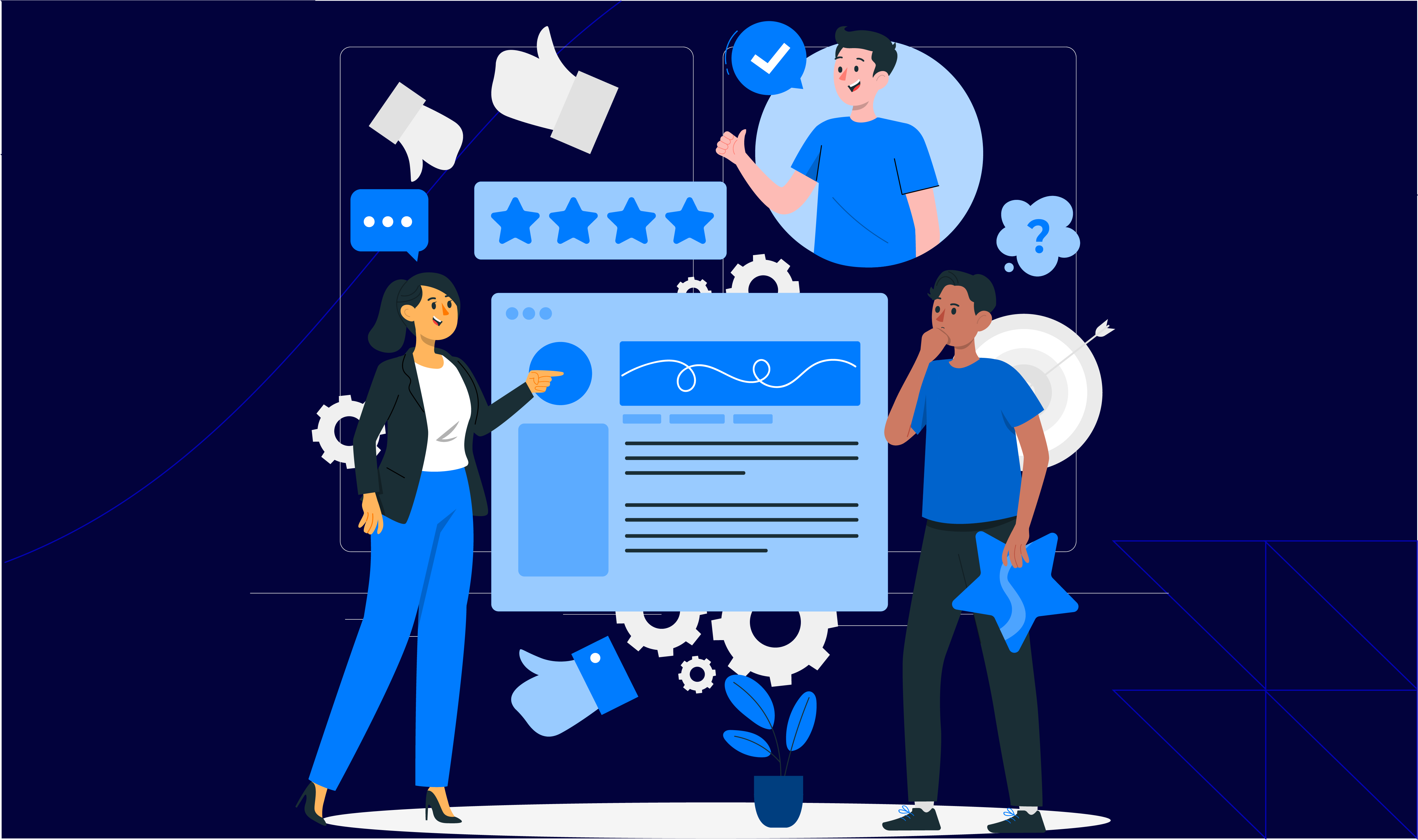
Customer experience, or CX, is the overall impression a customer gets from every interaction they have with your business. It covers all the steps:
- CX starts from the first time your customers hear about your brand.
- It continues throughout their buying process.
- It runs even after they become a customer.
- It concludes with the after-sales support activities.
Additionally, customer experience covers all your “touchpoints”, such as your:
- Website
- Emails
- Customer service
- Product Quality
- Store visits (if any), and more.
Always remember that exceptional customer experience builds trust and encourages repeat business. Poor experiences often create negative reviews, churn and lost revenue opportunities.
Why is Customer Experience Important?
By improving customer experience, you can grow your business in two main ways:
| Good CX Increases Revenue | Good CX Reduces Costs |
|
|
One study found that if a company earning $1 billion per year slightly improves its customer experience, it could earn an extra $823 million over the next three years.
According to Harvard Business Review, companies that prioritize customer experience increase loyalty while lowering their operating expenses through faster resolutions and reduced service workloads.
8 Ways to Deliver Exceptional Customer Experience in 2025
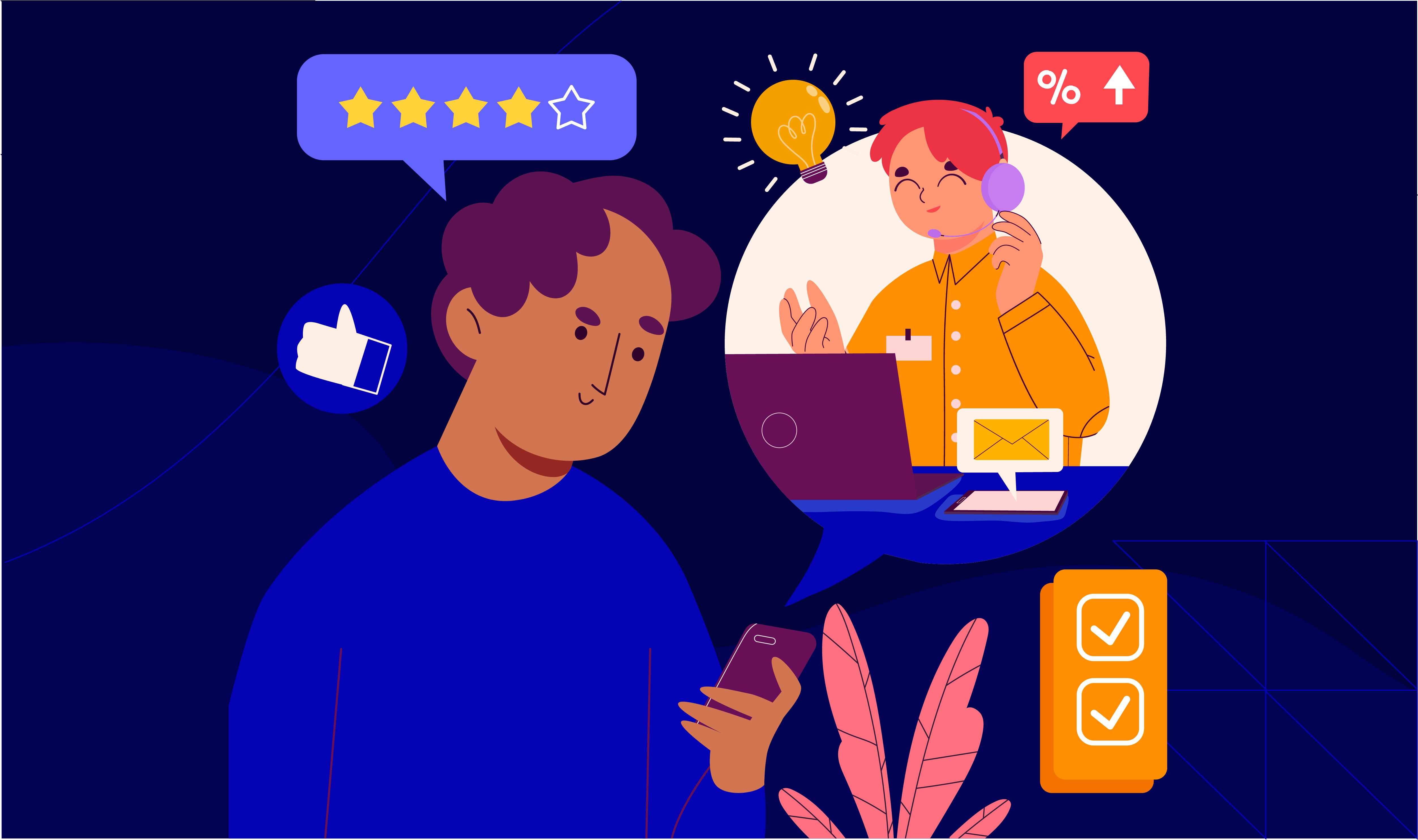
Till now, you must have understood “why” to improve customer experience. In this section, we will learn “how”. Below are eight proven ways that can let you offer exceptional customer experience:
1. Create a Consistent Customer Experience Across All Channels
You must be using omnichannel messaging solutions in your business. Using it, your customers may be connecting with your business in different ways:
- Through your website
- Social media
- Phone calls
- In-store visits
No matter which method they use, the experience should be consistent! They should get the same information, support, and overall feeling regardless of the channel. For CX leaders managing omnichannel programs, consistency ensures that the brand voice, policies and service levels remain uniform.
2. Try to Turn One-time Buyers into Repeat Customers
Say one of your customers has a question or a problem. Now, how your agents respond affects whether they come back or leave. Studies show that about 52% of customers will switch to a competitor after a single negative customer experience. For D2C brands, where repeat business drives revenue, empowering your teams to resolve issues confidently is important.
Thus, to make your customers feel listened to and supported, you must train your staff to be:
- Respectful
- Confident
- Calm
Also, give them the authority to solve common problems on the spot. Even as a small business owner, you can stand out by making sure customers are treated with care. Remember that if your business provides better service than a larger competitor, many people will choose you!
3. Train Your Customer-Facing Team Properly
Any employee who deals directly with customers (either in person, over the phone, or online) needs proper training. This training should cover the following:
- How to handle common questions?
- How to manage complaints?
- How to speak to customers respectfully?
Even if a customer is upset, your staff should know how to stay calm and explain what will be done. High performing teams in eCommerce customer service outsourcing and consumer goods regularly run programs tied to KPIs like First Contact Resolution (FCR) and CSAT. Remember that hiring the right people is only the first step! You should keep offering regular support and training to your agents. By running a trained team, you can:
- Prevent misunderstandings
- Protect your business reputation
4. Start Using AI Tools
By using AI, your business can communicate with customers at any time and that too across different platforms (like websites, email answering service, or social media). CX leaders are combining AI with human empathy to ensure faster resolutions without losing the personal touch that drives loyalty.
Some common AI tools you can use to offer exceptional customer experience are:
| AI Tool | Usage |
| Chatbots |
|
| Customer Feedback Analysis Tools |
|
| AI-Powered Help Desks |
|
| Voice of the Customer (VoC) Platforms |
|
5. Give Customers Tools to Help Themselves
Studies show that about 67% of customers prefer self-service over speaking to a company representative. That’s largely because they see reaching out to customer service as a frustrating and time-consuming process. In most cases,
- Customers have to face “long wait times” before getting help
- Even after waiting, they may not get a clear solution to their problem.
Because of this, customers prefer self-service options. Your company can offer them by:
- Creating a Frequently Asked Questions (FAQ) page
- Publishing step-by-step guides
- Setting up an online knowledge base with solutions to the common problem
Furthermore, please note that self-service is available anytime! It does not require waiting and often gives quick answers. This increases the overall customer experience. Knowledge bases, FAQs and guided tutorials are effective for eCommerce brands with high-volume and repeatable queries such as shipping, returns and product troubleshooting.
6. Use Customer Feedback To Make Better Decisions
By analysing feedback you can understand:
- What do your customers like?
- What do they dislike?
- What needs to be changed?
To collect feedback, you can run simple surveys like:
- Net Promoter Score (NPS)
- Customer Effort Score (CES)
- Customer Satisfaction (CSAT)
But don’t just measure- act. Many Atidiv clients in retail and consumer goods have used structured Voice of the Customer programs to identify friction points and reduce churn by double digits.
Additionally, you can use a structured method like a “Voice of the Customer” program. It also allows you to collect and study this feedback in detail.
7. Keep Your Brand Messaging Clear And Consistent Across All Channels
Your brand message is the way your business communicates with customers. Primarily, it covers the “tone of voice” and “style of writing”. Ideally, your customers should experience the same message whether they are:
- Browsing your website
- Visiting your store
- Reading an email
- Looking at a social media post
- Speaking with your staff
Consistency builds credibility and reinforces the trust modern customers demand. It also allows people to recognise your business more easily. In contrast, inconsistent messaging can confuse or frustrate customers.
8. Value Your Current Customers
Studies show that it is 5 times more expensive to acquire a new customer than to retain an existing one. Thus, if you focus only on getting new customers, it can be expensive and short-sighted.
If we study more stats:
- About 65% of a company’s revenue comes from its existing customers
- Approx. 80% of future revenue is projected to come from 20% of existing customers
These stats clearly show the value of loyal customers. Thus, as a business owner, you must try to keep your current customers happy. You can increase their customer experience by:
- Running loyalty programs
- Offering them exclusive discounts
- Providing them chances to earn reward points
But how much should you spend on loyalty? One way to measure this is by calculating the Customer Lifetime Value (CLV). Use the following formula:
CLV =(Yearly Revenue From A Customer × How Many Years They Stay) – What You Spent To Acquire Them
Through this calculation, you can easily decide how much time and money you should invest in keeping your current customers loyal. For companies with $5M+ revenue, focusing on Customer Lifetime Value (CLV) optimization through loyalty programs and exclusive offers delivers far better ROI than acquisition strategies.
CX Giving You Stress? Pass the Headache to Atidiv in 2025!
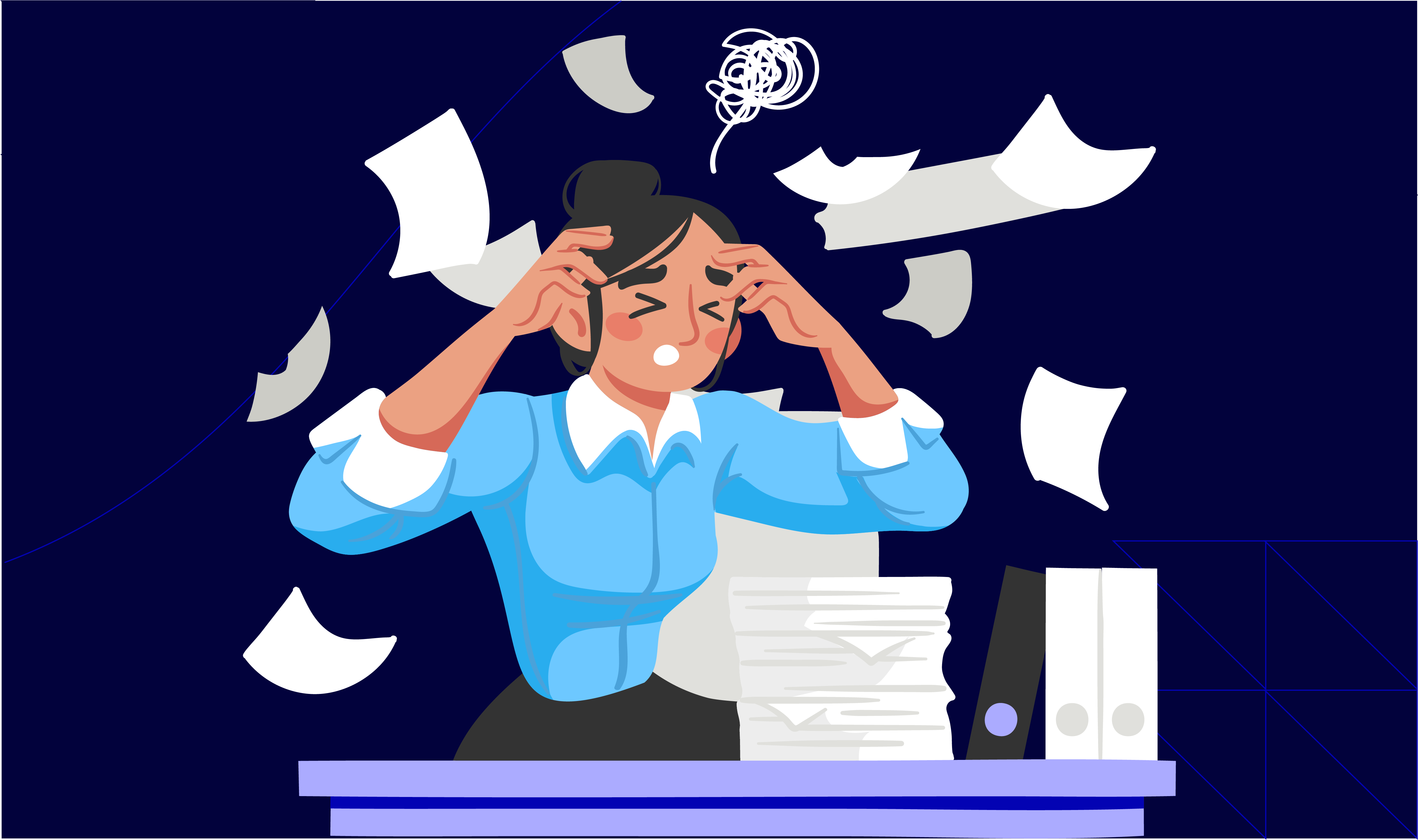
By offering exceptional customer experience, you can achieve strong business growth and customer loyalty. To do so your agents must:
- Respond to customer issues politely
- Resolve queries in minimal resolution time
At the same time, you as a business owner, should use AI tools, maintain consistent brand messaging across all your support channels, and analyse feedback. These efforts can let you stand out in competitive markets.
But, do you have enough time for all this? Can you make every customer interaction easy and positive with your current resources? But why struggle when Atidiv can do it for you?
We at Atidiv are CX specialists! We offer fast customer support across multiple platforms. Our team can easily handle high query volumes and even after-hours responses. Additionally, we offer the following services:
- Omnichannel messaging solutions
- Voice customer care
- Back office process outsourcing
- Social media support
- Live chat service for website
- Inbound and outbound call center services
At Atidiv, we partner with CX leaders at consumer brands and D2C companies across the U.S., U.K. & Australia to build scalable, high-performing support operations. Our clients regularly achieve up to 60% cost savings compared to in-house teams while improving CSAT and FCR.
Recently, we partnered with leading U.S. and UK-based tire retailers. Our efforts let them cut support costs by $1.3 million and $500,000 per year. Partner with Atidiv today!
FAQs on Customer Experience
1. Why do customers leave even when our product is good?
Please realise that your customers don’t only judge your product. They also care about:
- How they are treated
- How fast issues are solved
- How easy it is to get help
If your business offers them a poor customer experience (like long wait times or unclear answers), it can cause them to leave (even if the product works).
2. I don’t have a big team. How can I improve customer experience with limited staff?
In the beginning, you can start using self-service tools like:
- FAQ pages
- AI chatbots
- Knowledge base
These let you answer common questions and reduce the burden on your staff by outsourcing with a partner like Atidiv helps small teams perform like enterprise level operations.
3. How do I know what customers actually want or expect?
The best way is to ask them! After a purchase or service, try to collect their feedback using:
- Short surveys
- Feedback forms
- Simple rating tools
Post-collection, look at common complaints or questions! This allows you to understand what matters most to them and where your business can improve.
4. I invested in customer experience. But, I’m not seeing immediate results.
Please understand that CX is a long-term investment. Gradually, you will witness that:
- Happy customers are coming back
- They are spending more
- They are recommending your business to others
Thus, remain patient! Most CX efforts are time-consuming and give you slow but sustainable business growth.
5. How can I measure if my customer experience efforts are working?
You can track key metrics like:
- How long it takes to respond (Average Handling Time)
- How often issues are resolved in one call (First Call Resolution)
- How customers feel (sentiment analysis or satisfaction scores)
These show if your service is improving and where to focus next. Benchmarking against industry standards helps CX leaders in consumer brands identify gaps and prioritize investments.
